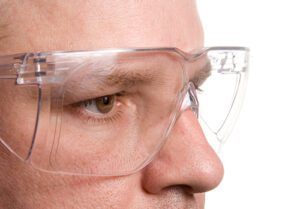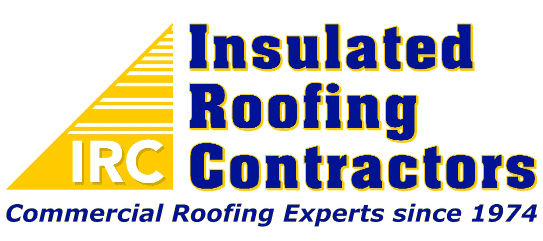Everyday more than 120 construction workers are disabled due to an eye injury.
Many employees are unaware of the potential hazards that are on a job site creating a greater risk for injury. Although many safety professionals agree that workplace eye injuries are preventable, OSHA estimates that 1,000 eye injuries occur every day in the U.S. workplace. This is resulting in $300 million in lost production time, medical expenses and workers’ compensation. In most cases workers reported that they believed eye protection was not required for the situation.
OSHA lists two major reasons for eye injuries at work: not wearing eye protection or wearing the wrong kind of protection for the job. A Bureau of Labor Statistics survey of workers who suffered eye injuries revealed that nearly three out of five were not wearing eye protection at the time of the injury and about 40% of the injured workers were wearing some sort of protective eye wear when the injury happened. Because of this, before each job starts, we need to determine which of several eye hazards exist for each site. Some job-site hazards include:
- Dust, concrete, metal and other particles

- Chemicals such as acids, bases, fuels, solvents, lime and wet or dry cement powder
- Falling or shifting debris, building materials and glass
- Smoke and noxious or poisonous gases
- Welding light and electrical arcs
- Thermals hazards and fires
- Bloodborne pathogens from blood, body fluids and human remains
The main cause of eye injury is flying particles. According to the Bureau of Labor Statistics, 70% of accidents studied resulted from flying or falling objects or sparks striking the eye. Contact with chemicals causes about one-fifth of the injuries reported. Other injuries were caused by objects swinging or falling from a fixed position or tool which were pulled into the eye while the worker was using them.
To help combat these injuries, workers need to have the proper training and protection in place! To ensure that workers wear the proper type of protective eye wear, the National Institute for Occupational Safety and Health provides a list of types of protection and the proper use of each.
Safety Glasses
Safety glasses with side protection provide the minimum protection and are for general working conditions where there may be minor dust, chips or flying particles. Safety glasses should have an anti-fog treatment and side protection.
Goggles
Goggles provide higher impact, dust and chemical splash protection than safety glasses. Goggles for splash or fine dust protection should have indirect venting and direct-vented goggles should be used when working with larger particles.
Hybrid Safety Glasses or Goggles
This type of protective eyewear has foam or rubber around the lenses that provide better protection from dust and flying particles than conventional safety glasses and goggles.
Prescription Safety Glasses
Workers who wear nonsafety prescription glasses should wear tight-fitting goggles over the glasses. Contact lens wearers should wear unvented goggles because of the significant risk of corneal abrasion. At a minimum prescription safety glasses should have side protection.
Face Shields
For highest impact protection, face shields protect the full face from spraying, chipping, grinding and critical chemicals or bloodborne hazards. Never wear face shields without primary eye protection.
Always Wear Effective Eye Protection
To be effective, the eyewear must be of the appropriate type for the hazard encountered and properly fitted. Be sure to maintain your eye protection, scratched and dirty devices reduce vision, cause glare and may contribute to an accident. Training and education are essential to help prevent face and eye injuries. An employee who doesn’t know better will assume a jobsite is safe if they have not been trained properly on the hazards of a job.
